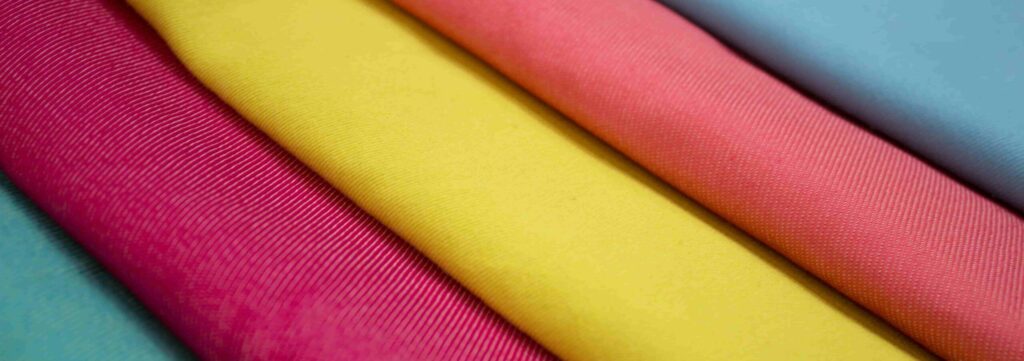What is modal fabric?
Modal fabric and pure cotton belong to one of the raw materials of clothing fabrics, and the final component is plant cellulose fiber.
Modal fabric is a kind of synthetic regenerated cellulose fiber. It is a new type of fabric developed by Austrian Lanjing company.
The raw material is produced from European beech. The beech pulp is dissolved into a solution like glue with specific chemicals and then spun by wet spinning.
It is an improved variety of viscose fiber. It has better strength than ordinary viscose fiber (i.e. ice fiber), Especially in wet conditions.

Modal is more hygroscopic than cotton
It is dry, breathable, not muggy, and has good wrinkle resistance. Generally, it does not need ironing. Good surface gloss, soft touch and good drapability.
Good color fastness. It will not be decolorized after repeated washing.
The softer it is washed, the more beautiful it is washed, and it will not turn yellow like cotton.
The biggest disadvantage of modal fabric is that the fabric is too soft and poor scraping, which is not suitable for making coats and clothes, so it is generally used to make underwear.
In addition, it is easy to stretch and deform after wearing for a long time.
The better ones should be able to wear for three or four years, but the worse ones may not be able to wear for a year.
In addition, modal fabric’s clothes can’t be soaked for a long time when washing.
Generally, they should be washed after soaking for half an hour at most, and they can’t be exposed to the sun. They can be dried in the shade.
How to choose underwear?
Modal fabric and pure cotton underwear have their own advantages, but generally, modal underwear in shopping malls is more expensive than pure cotton underwear.
Maybe it’s under the banner of imported fabrics, or its name is more high-end and atmospheric.
If you have to compare, I think high count and high-density pure cotton is better than modal, After all, modal is only a kind of synthetic recycled fabric, which belongs to a special variety of chemical fiber.
When you buy, you should check the water washing label.
The general fabric composition of pure cotton will be written with the words “what percentage of cotton”, while that of modal will be written with the words “modal” or “modal”.
Both kinds of fabrics are harmless to the human body, and all kinds of fabrics have advantages and disadvantages, so we should choose fabrics according to the product category to maximize the advantages of fabrics, because we don’t have to argue too much about which is better between modal fabrics and pure cotton.
What is pure cotton?
Cotton is a natural plant cellulose fiber, produced in planted cotton, which can be divided into long staple cotton, short staple cotton and coarse staple cotton. Coarse wool cotton has basically been eliminated.
Long staple cotton fiber is thin and long, and the fabric made of it has a smoother and more delicate feel.
Its gloss is stronger than that of short staple cotton.
It is often used in the production of high count fabrics. China’s long staple cotton is mainly produced in Xinjiang, which is often referred to as Xinjiang cotton.
In addition, imported Egyptian cotton and Pima cotton also belong to long staple cotton, but more short staple cotton is on the market.
Many businesses will pass off short staple cotton through mercerization process as long staple cotton.
Pure cotton generally refers to fabrics with a cotton content of more than 95%.
Pure cotton clothes have soft hand feel, moisture absorption and ventilation, good skin affinity, and can not afford static electricity.
They are particularly comfortable to wear. They are very suitable for making intimate clothes such as underwear, and washing is also convenient.
They can be washed by machine or hand. But pure cotton is easy to wrinkle and fade and turn yellow after wearing for a long time.



